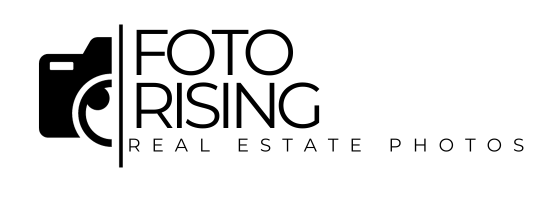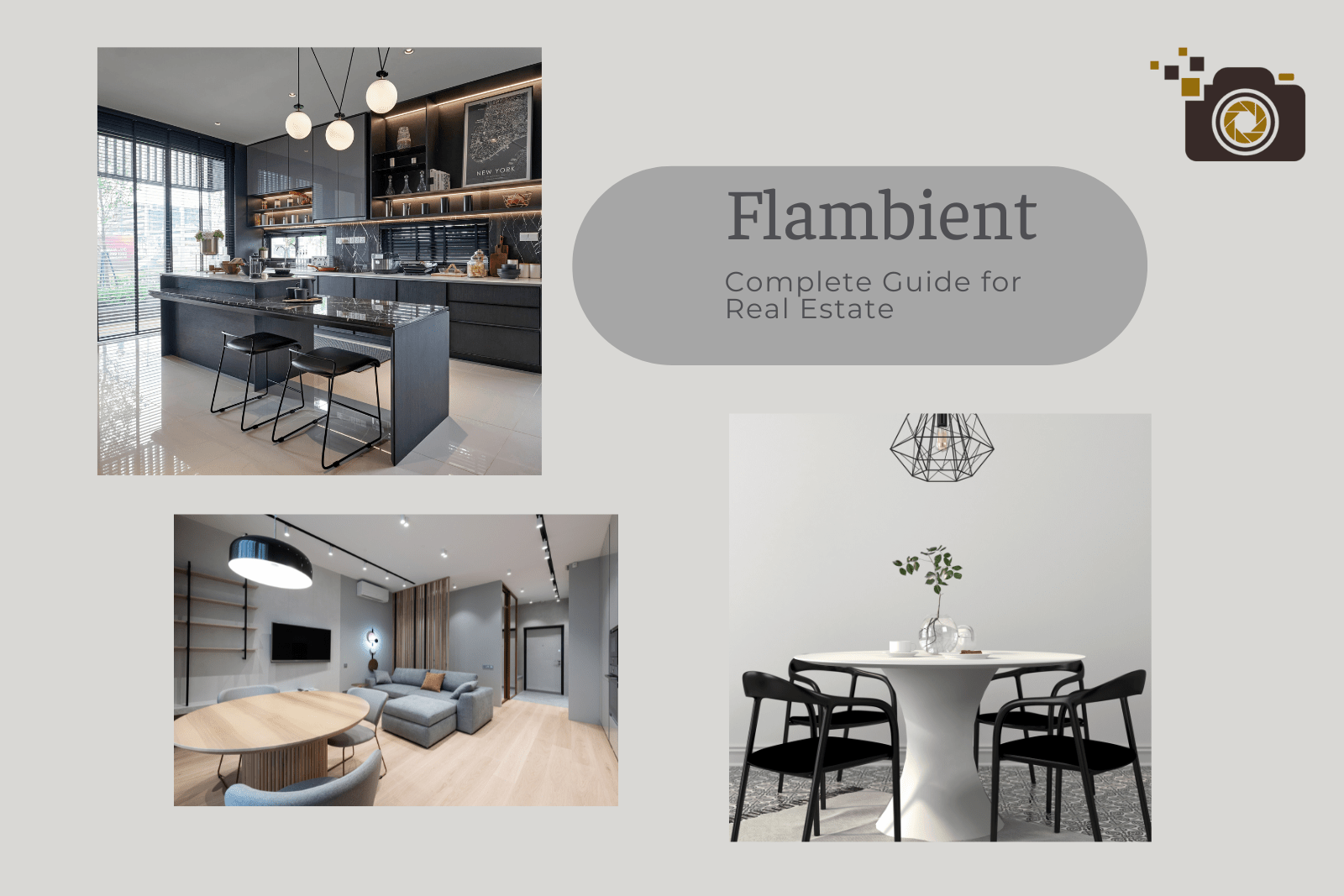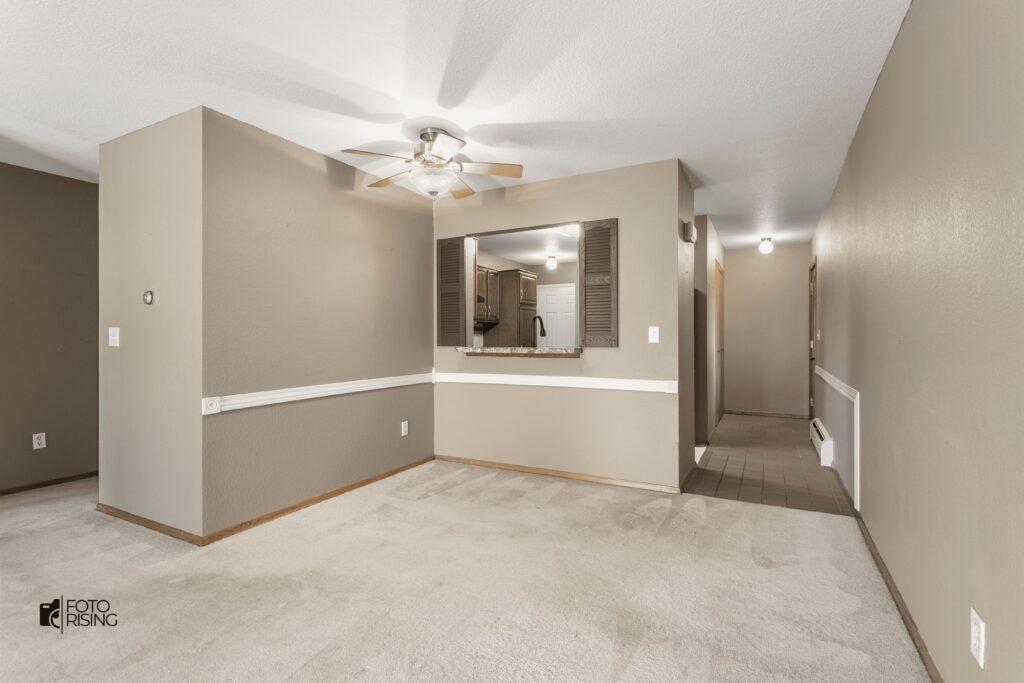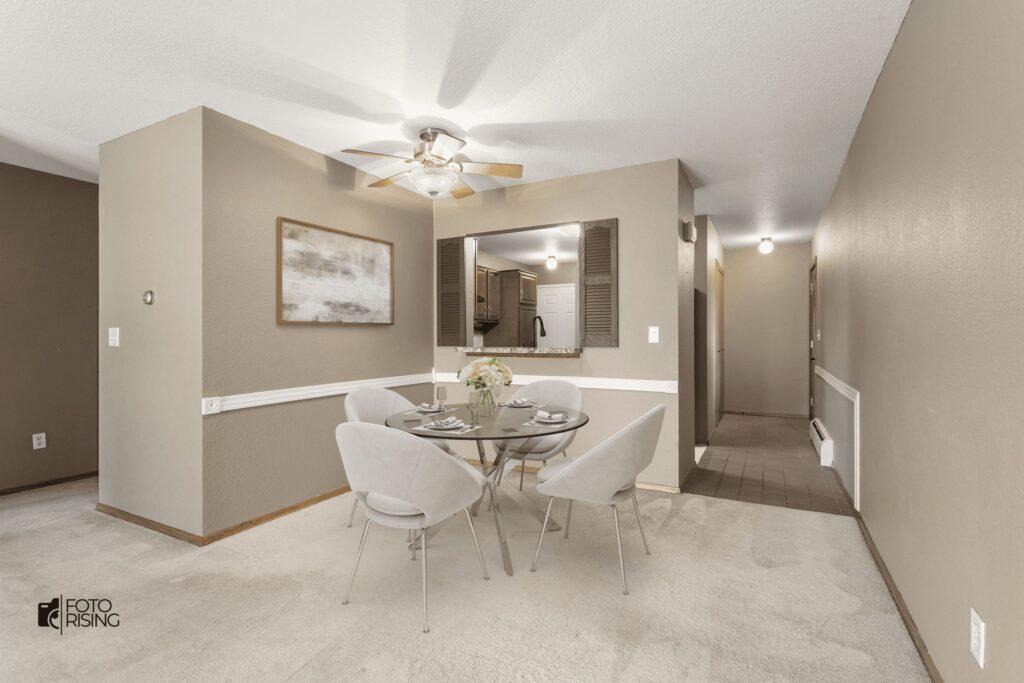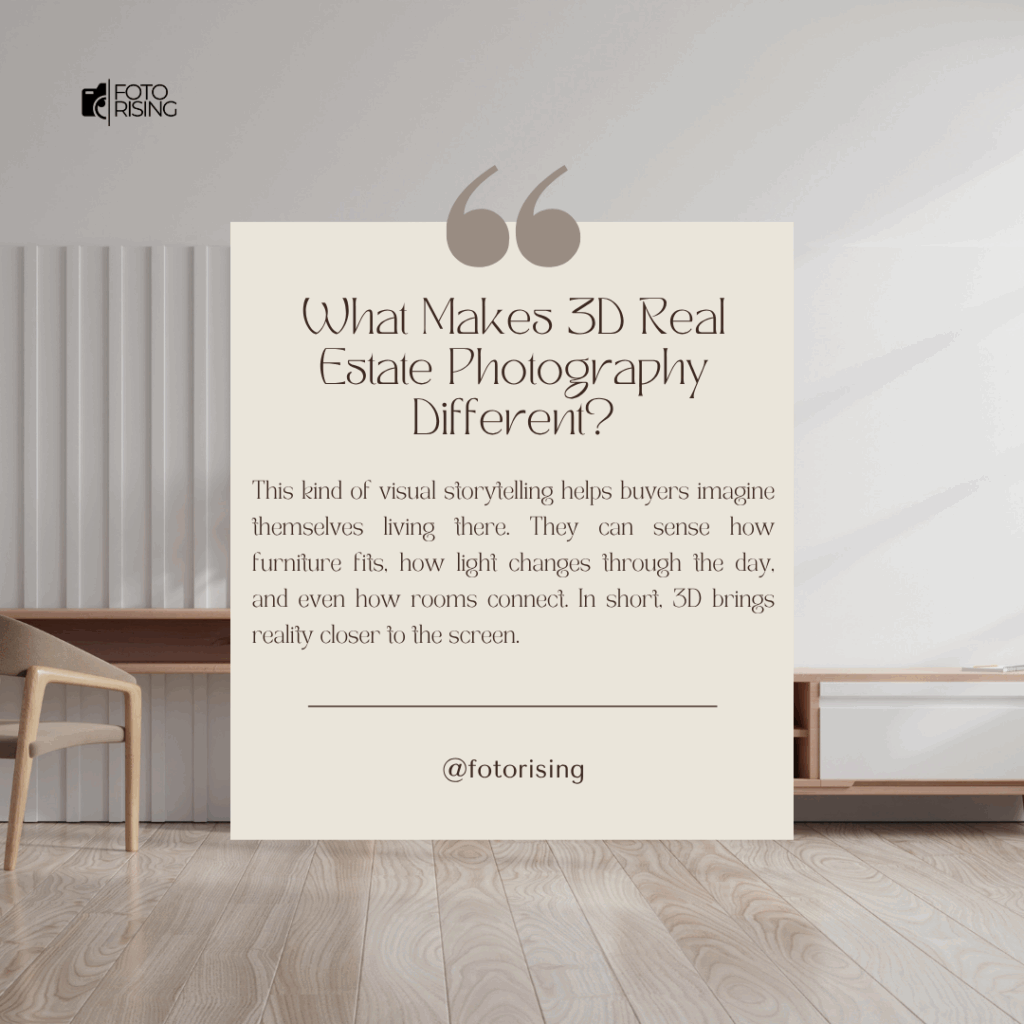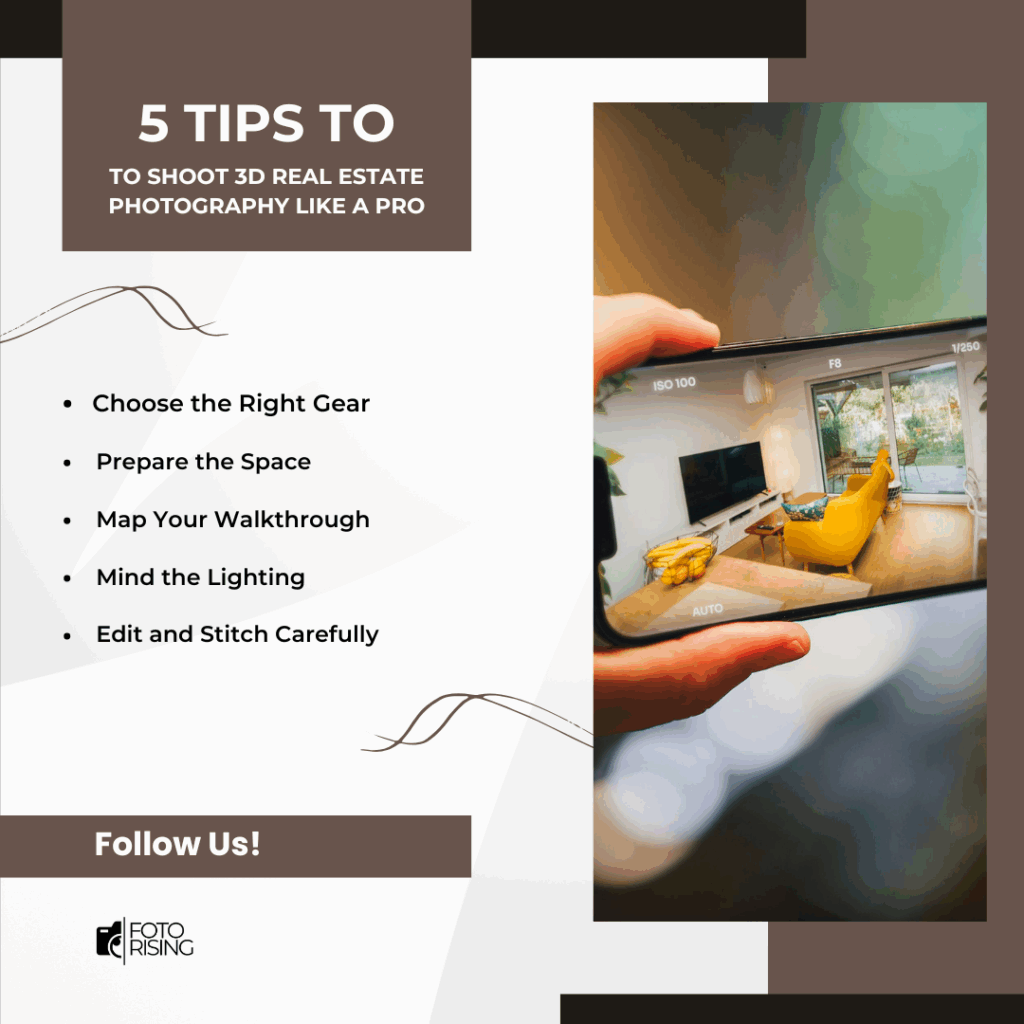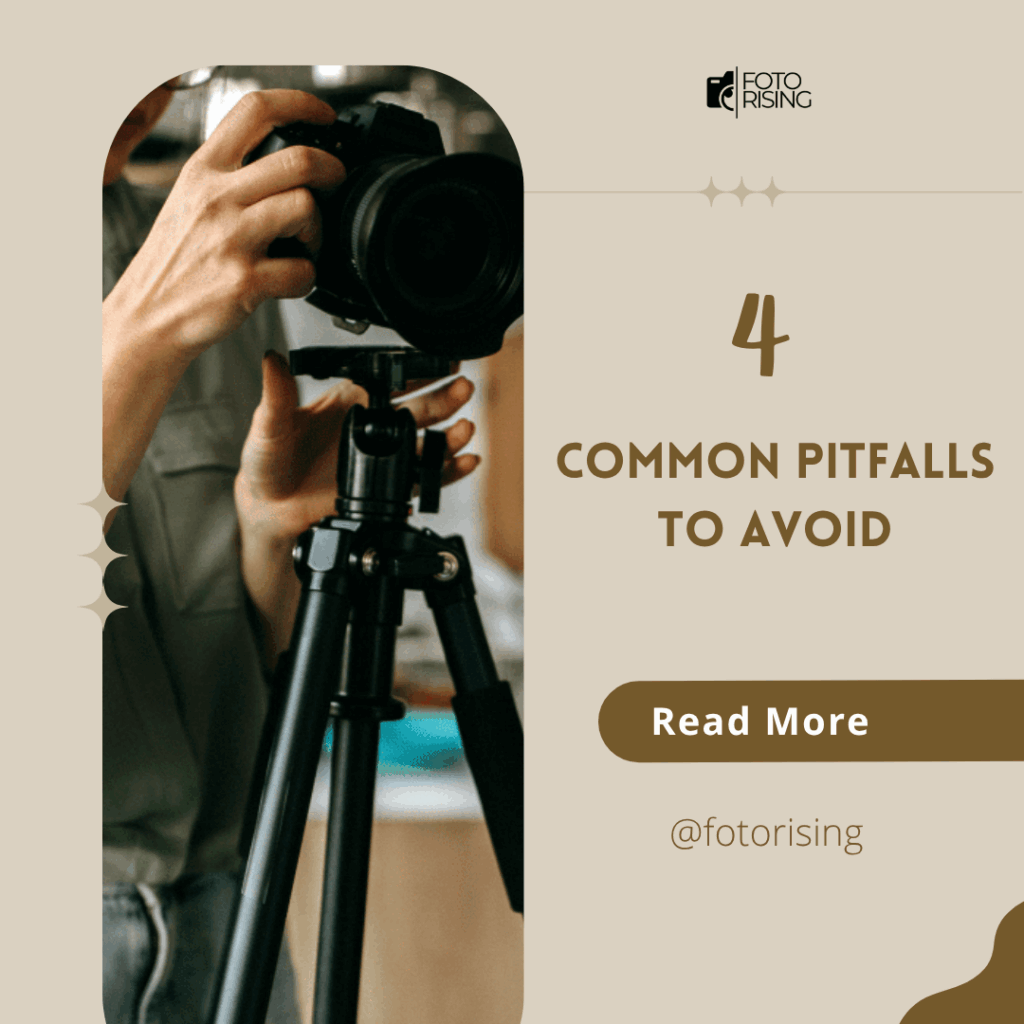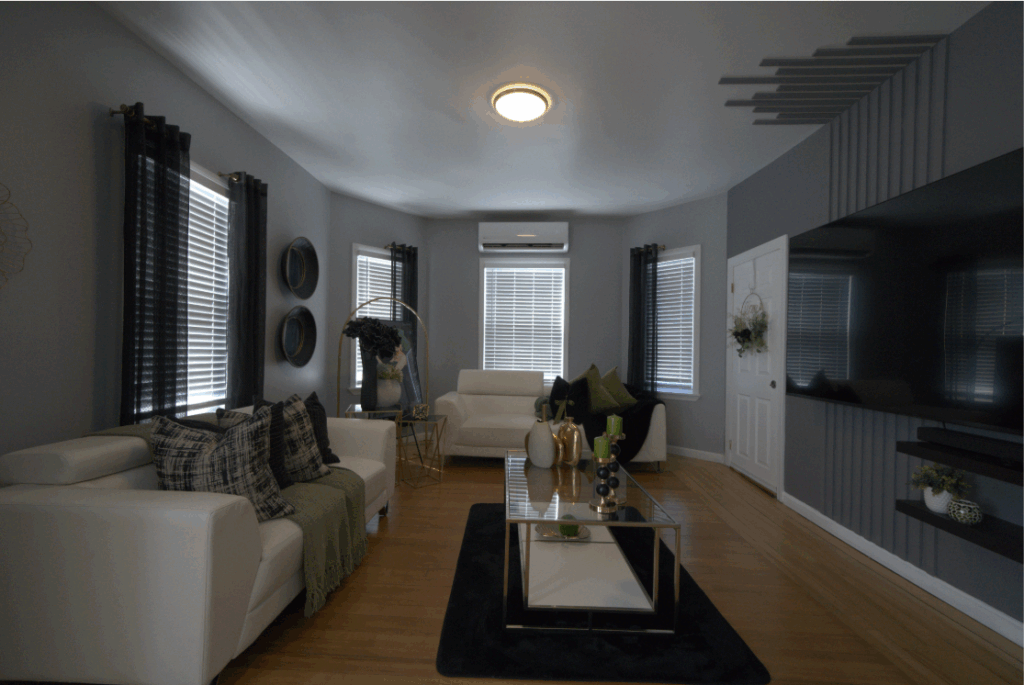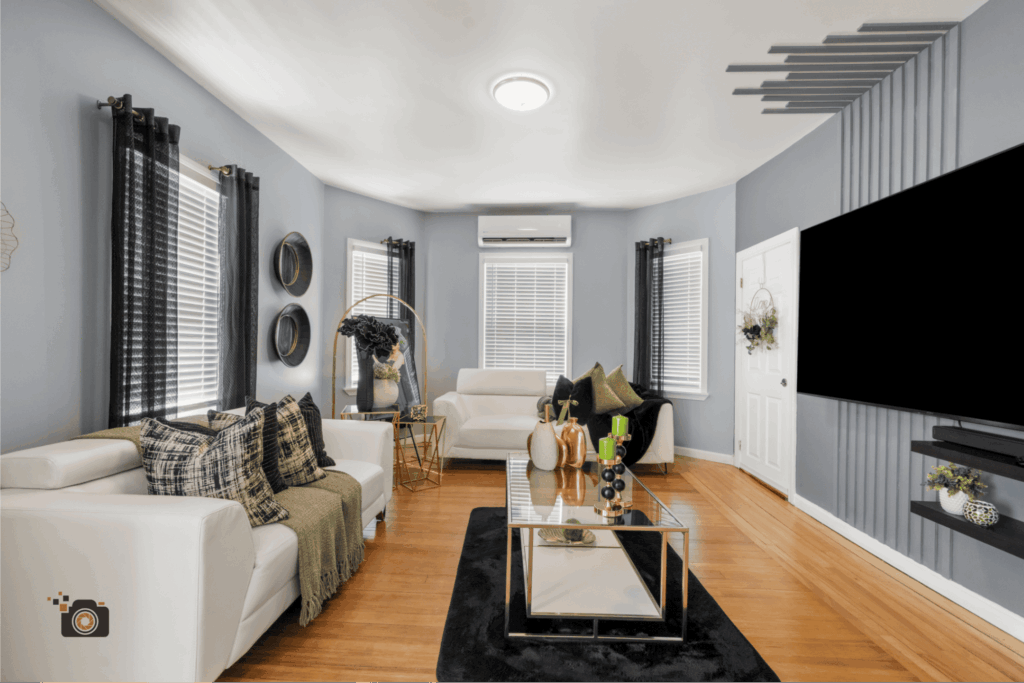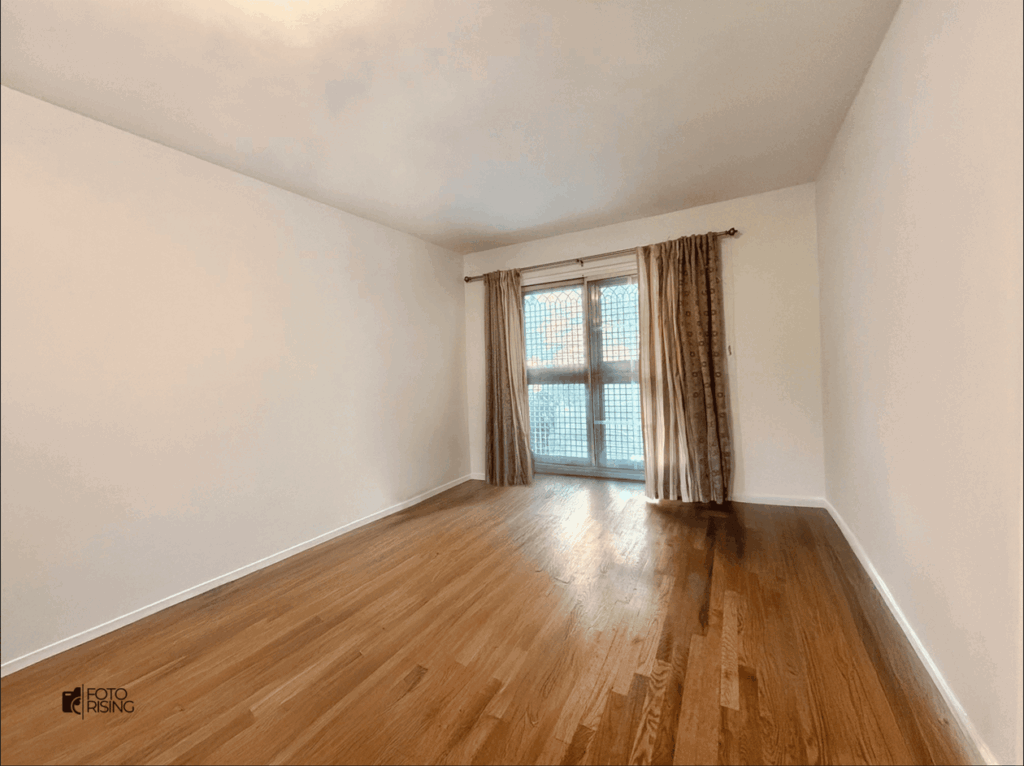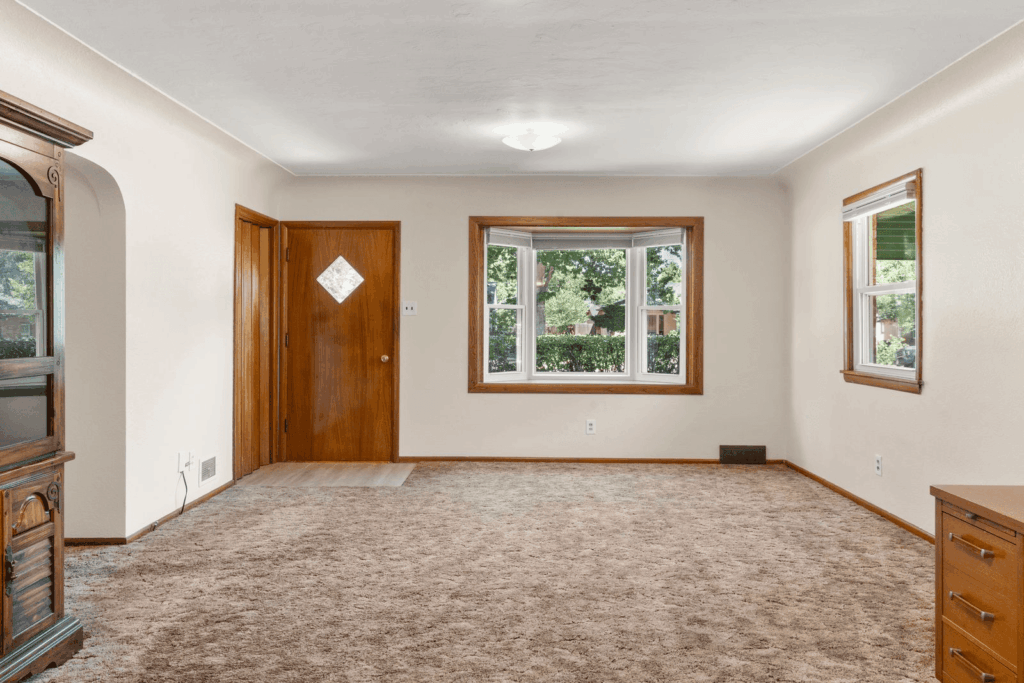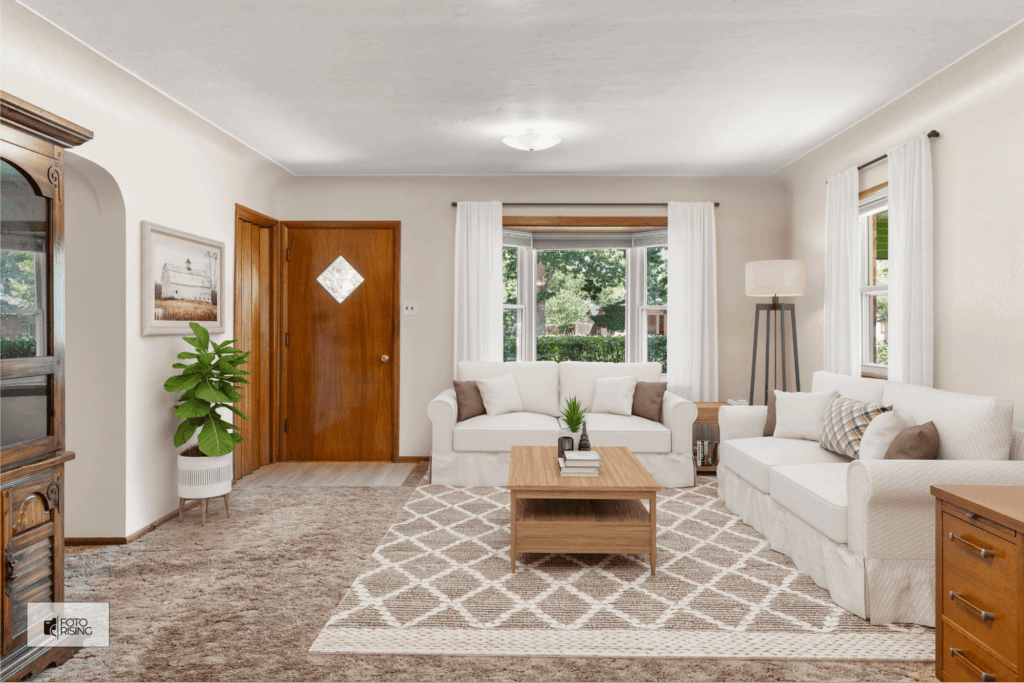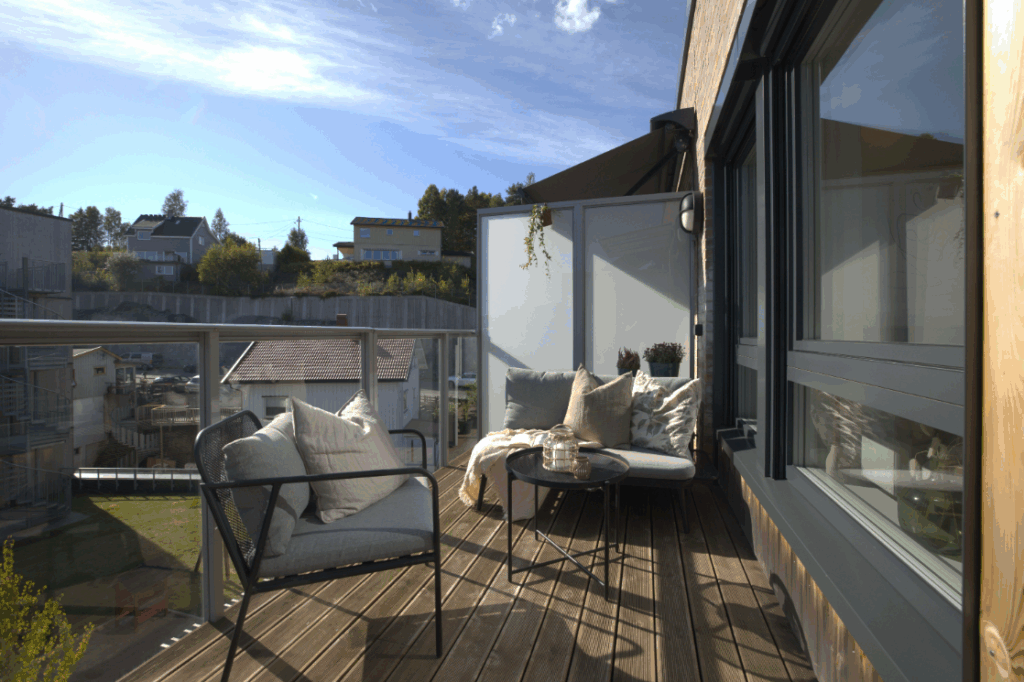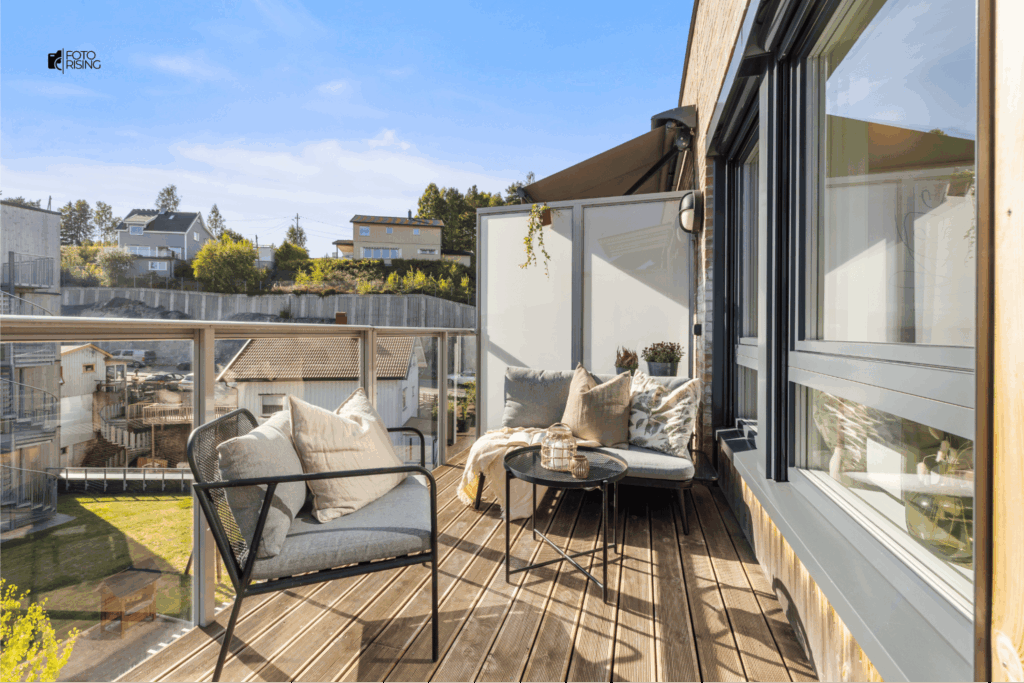Flambient photography has become one of the most effective methods in real estate photography. By combining ambient light with flash, photographers can create interiors that are bright, clear, and realistic. Buyers now expect high-quality images that accurately represent a property, and flambient helps deliver professional, attractive photos that stand out.
1. What Is Flambient Photography?
The term flambient comes from “flash” + “ambient.” It involves capturing multiple exposures:
- Ambient shot: shows natural lighting and the room’s atmosphere.
- Flash shot(s): adds artificial light to correct shadows, enhance detail, and balance colors.
After capturing, images are blended in editing software like Photoshop or Lightroom. The final result maintains realism while improving detail, color, and brightness.
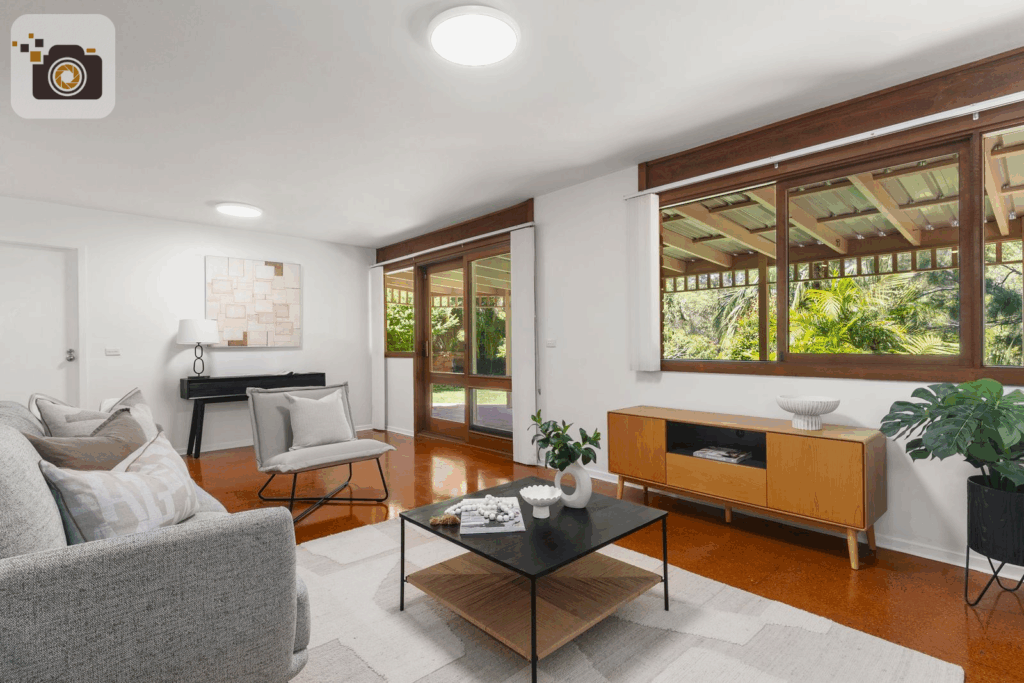
Benefits include:
- True-to-life colors
- Balanced highlights and shadows
- Reduced noise
- Professional-quality results
It is especially useful in rooms with mixed lighting or large windows.
2. Why Flambient Photography Matters
Natural, Realistic Images
Standard photos may appear too dark, too bright, or distorted due to lighting. Flambient keeps the room looking authentic while emphasizing details like textures, furniture, and flooring.
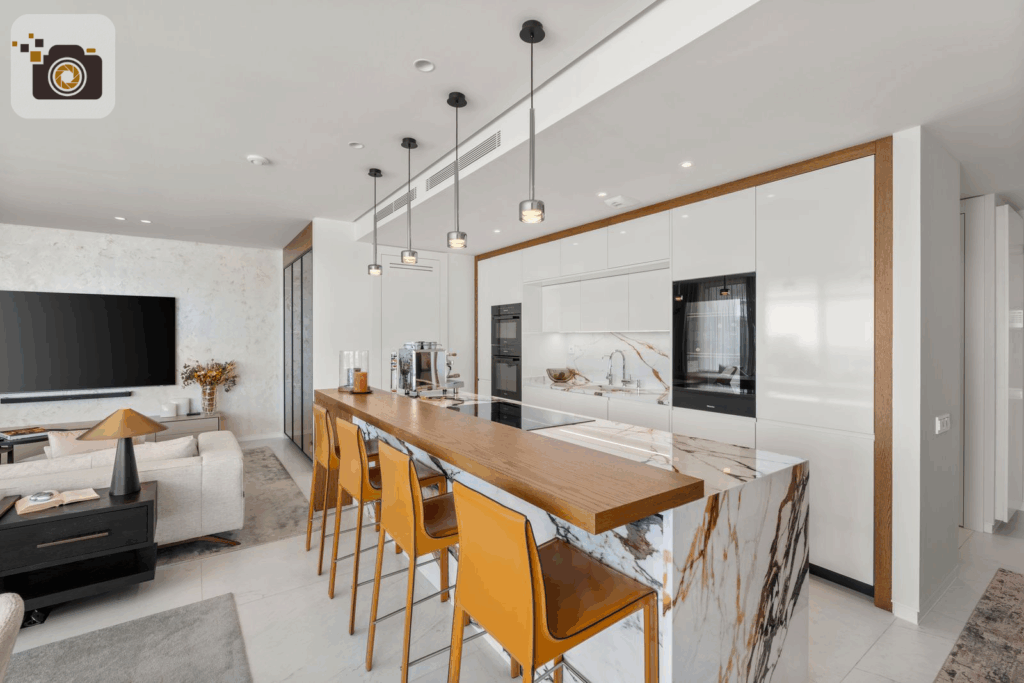
Color Correction
Indoor lighting often introduces yellow or blue color casts. Flambient balances tones to show walls, floors, and furniture accurately.
Professional Appeal
Listings with clean, bright, and realistic images attract more buyers and generate higher engagement. Realtors, interior designers, and property owners benefit by standing out in competitive markets.
3. How Flambient Photography Works
- Capture the ambient shot – shows natural light and atmosphere.
- Take flash exposures – brightens shadows and balances color.
- Blend images during editing – merge the best of both shots to create a balanced, visually appealing final photo.
This process ensures images are realistic, clear, and high-quality.
4. When to Use Flambient Photography
Ideal for:
- Rooms with mixed or uneven lighting
- Spaces with reflective surfaces (mirrors, glass, tiles)
- Rooms with large windows
- Luxury or high-end properties
Any space that requires professional, accurate representation can benefit from this technique.
5. Tips for Stunning Flambient Photos
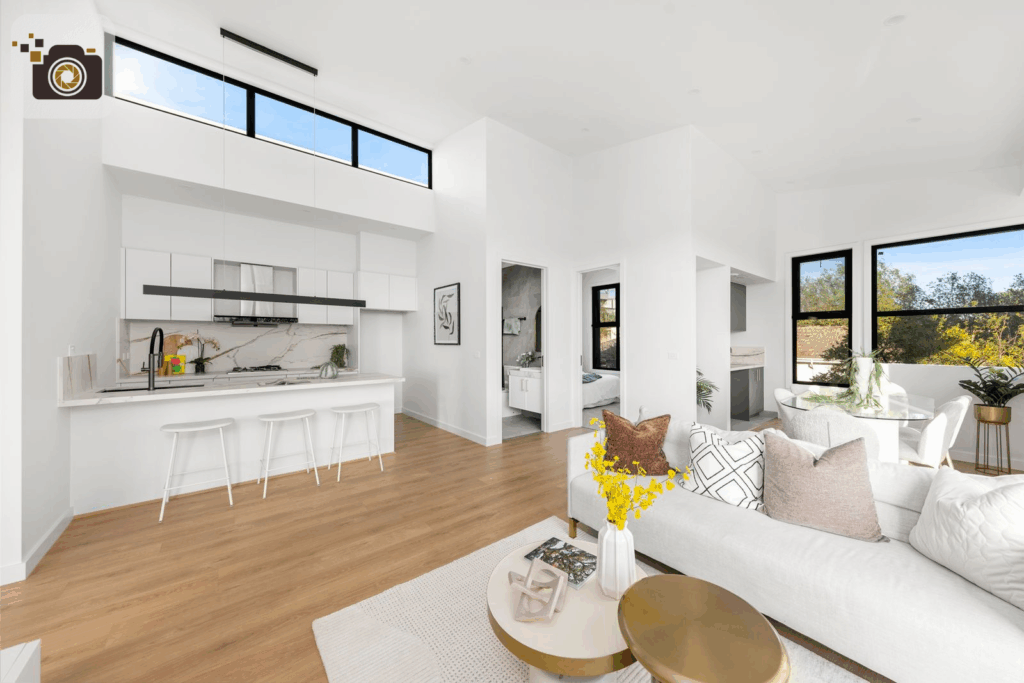
- Use a tripod for consistent alignment
- Shoot in manual mode for precise exposure
- Bounce flash off walls or ceilings for softer light
- Take multiple exposures for editing flexibility
- Blend images carefully to avoid unnatural transitions
Following these tips will help you achieve bright, clean, and realistic images even in difficult lighting.
6. Conclusion
Flambient photography is a must for real estate professionals aiming for high-quality interior photos. By combining ambient and flash exposures, photographers create images that are sharp, well-balanced, and true-to-life. This technique enhances listings, attracts more potential buyers, and helps properties sell faster.
Readmore:
3 Biggest Mistakes in Flambient Real Estate Photography – How to Master?
Real Estate Photography: 5 Basic Types of Real Estate Photos
Professional Real Estate Photography Boost Property Sales. What is the Secret?
